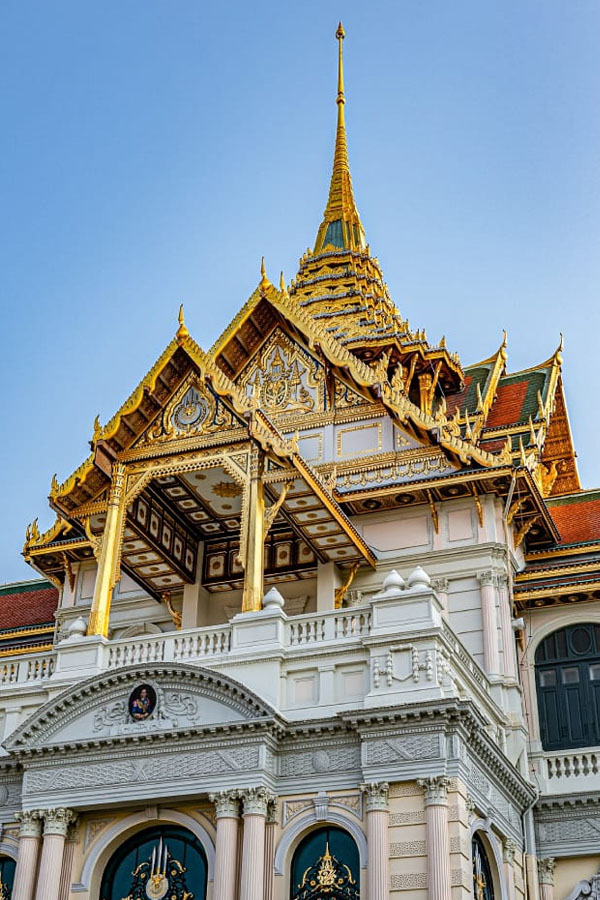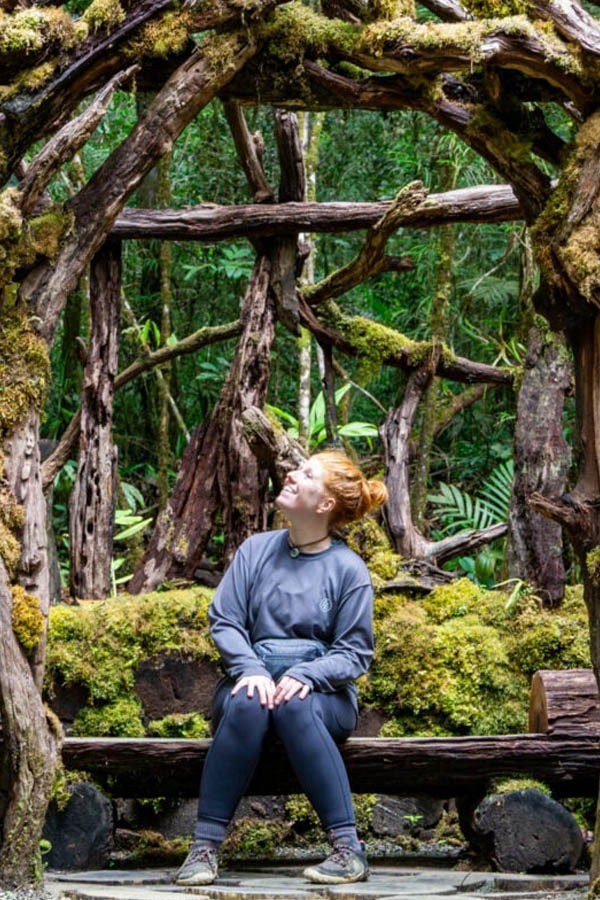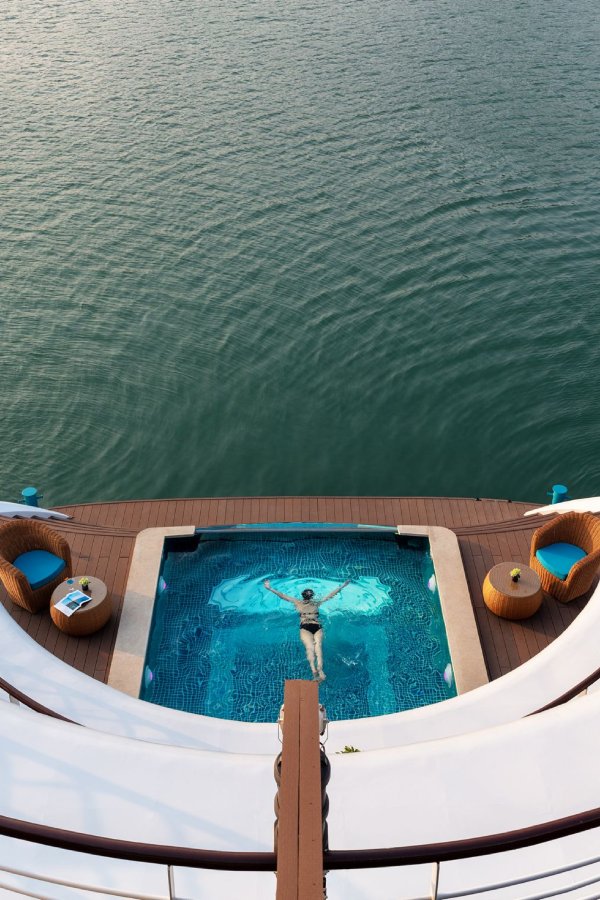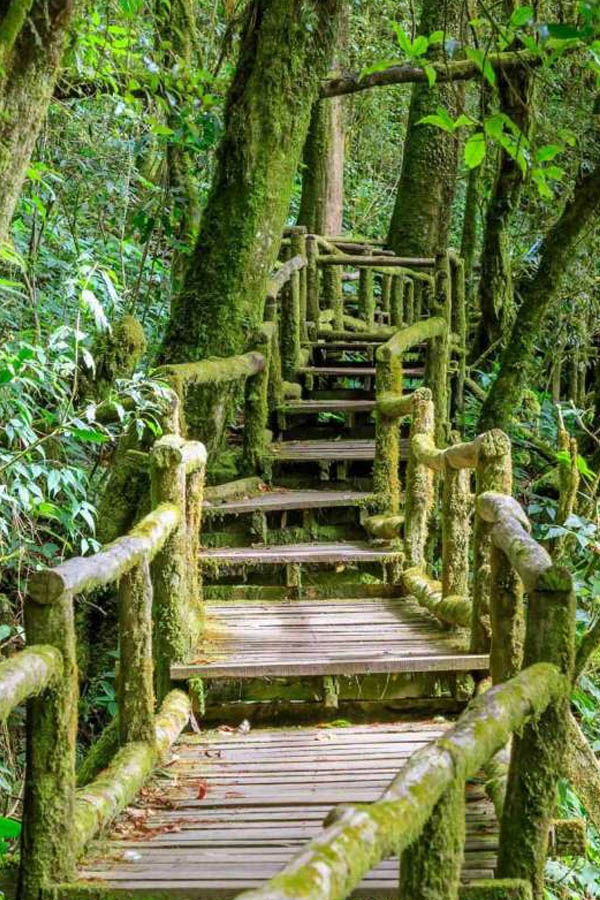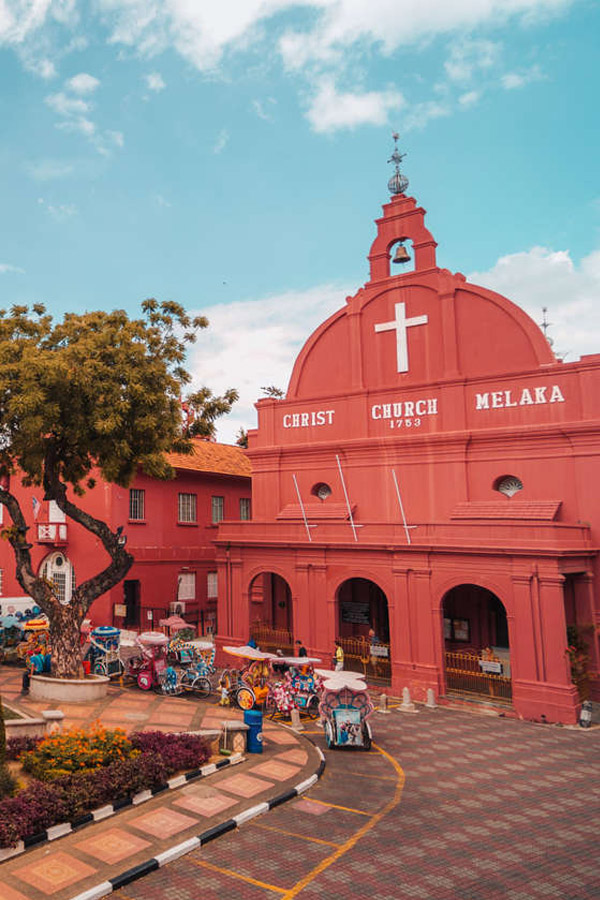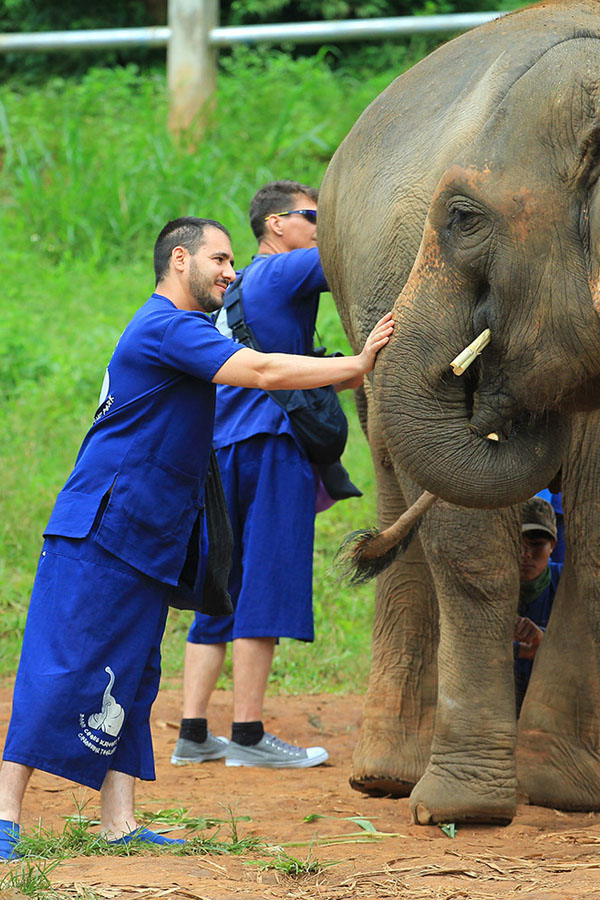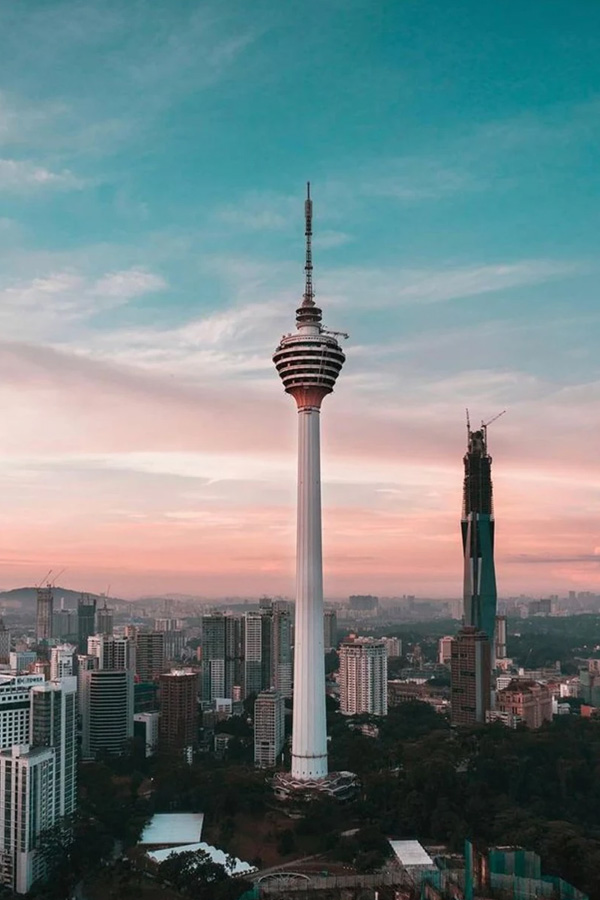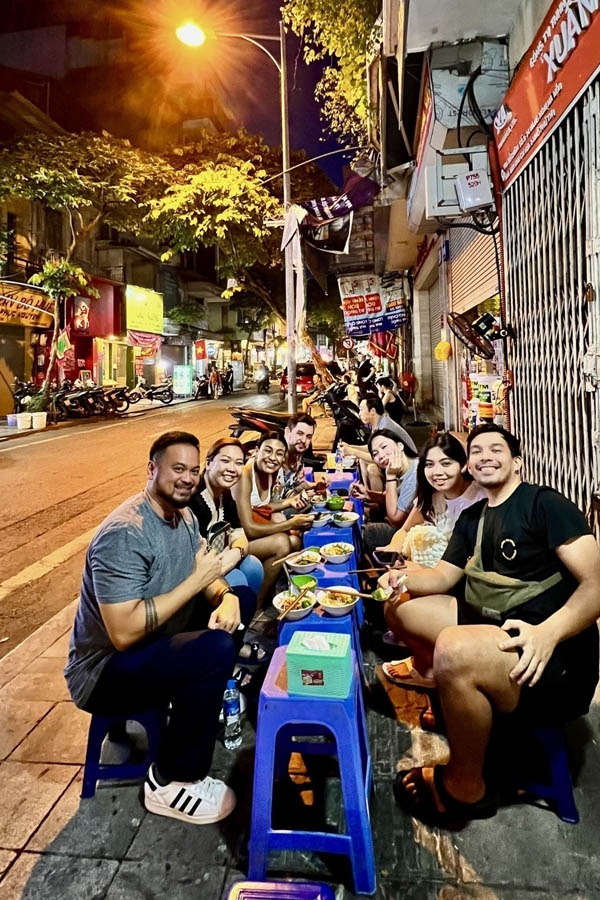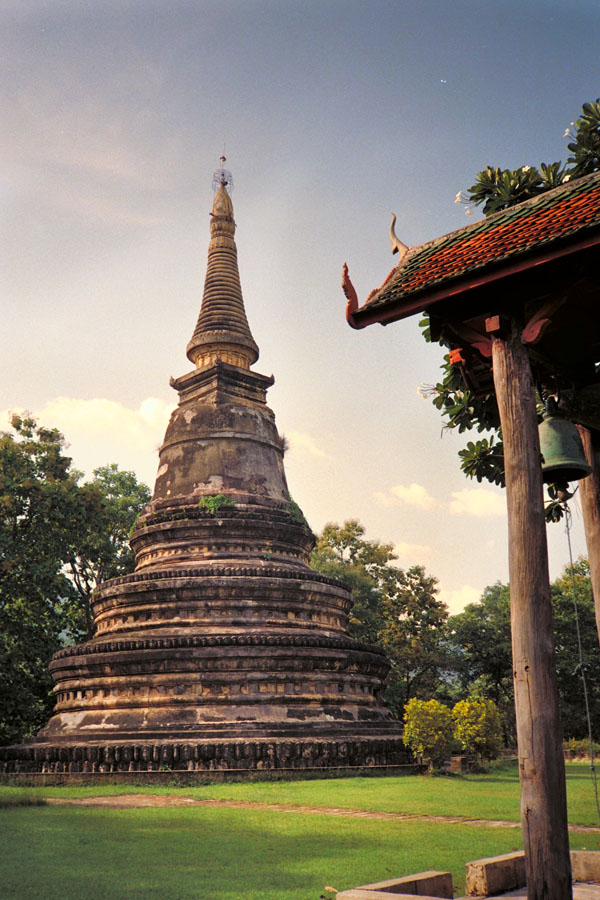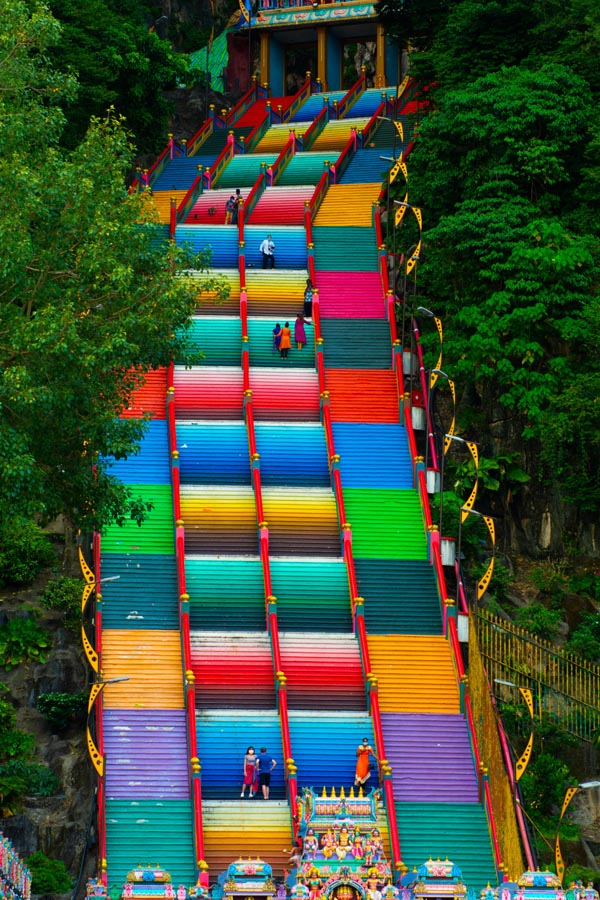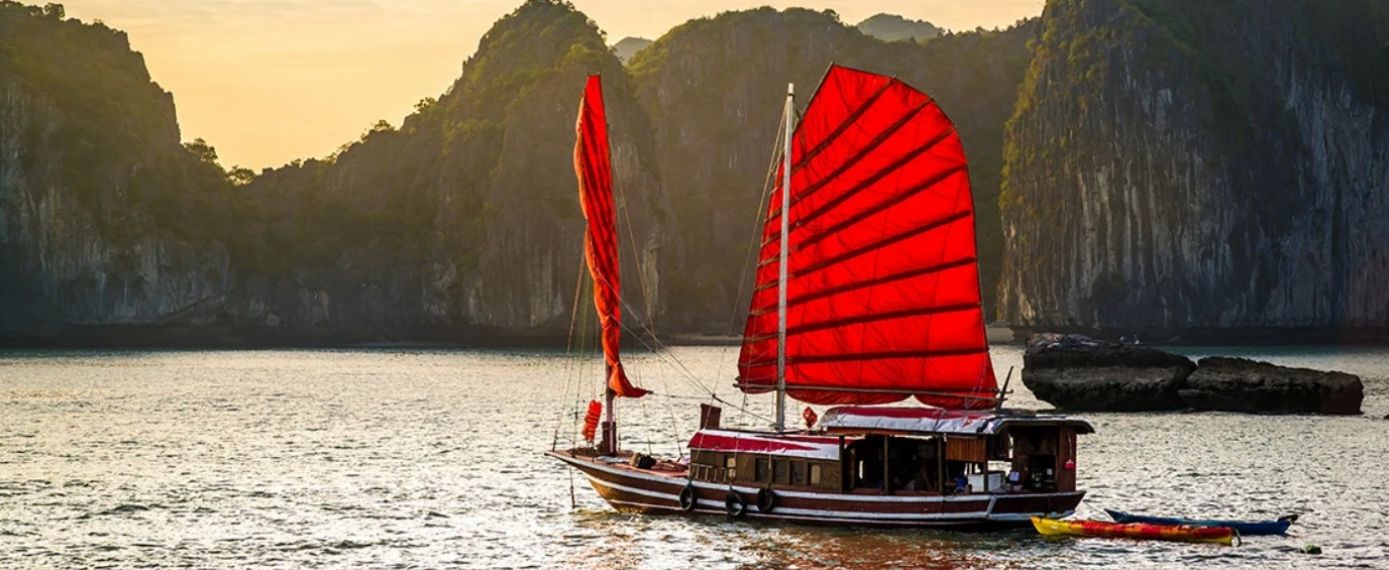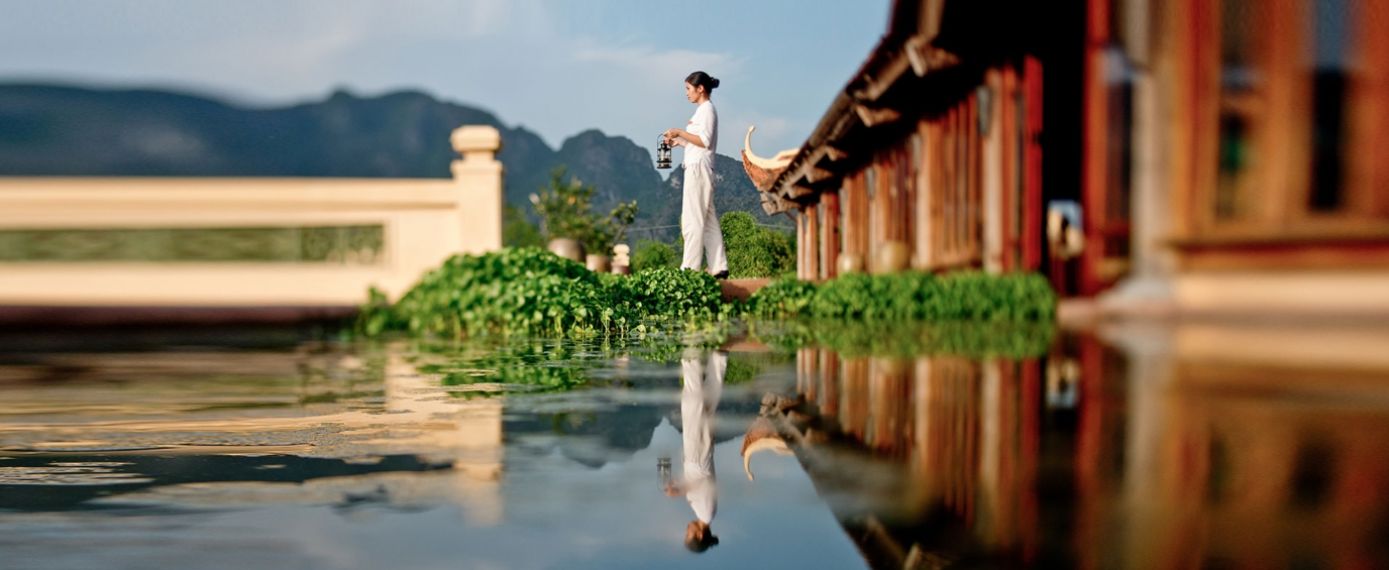
This is a journey for those who seek authentic encounters, breathtaking scenery, and a deeper connection to the heart of Southeast Asia. Traveling through Vietnam, Cambodia, Thailand, and Malaysia over 26 unforgettable days, you'll experience everything from the bustling cities of Hanoi and Bangkok to the peaceful landscapes of the Mekong Delta and Halong Bay. While iconic landmarks and historic sites are highlights throughout, the journey places special emphasis on nature and wildlife - particularly in Chiang Mai, where you'll connect with elephants in ethical sanctuaries, and in Kota Kinabalu, where rainforest trails and river safaris bring you face-to-face with Borneo’s unique ecosystems.
This is a journey for those who seek authentic encounters, breathtaking scenery, and a deeper connection to the heart of Southeast Asia. Traveling through Vietnam, Cambodia, Thailand, and Malaysia over 26 unforgettable days, you'll experience everything from the bustling cities of Hanoi and Bangkok to the peaceful landscapes of the Mekong Delta and Halong Bay. While iconic landmarks and historic sites are highlights throughout, the journey places special emphasis on nature and wildlife - particularly in Chiang Mai, where you'll connect with elephants in ethical sanctuaries, and in Kota Kinabalu, where rainforest trails and river safaris bring you face-to-face with Borneo’s unique ecosystems.
Highlights of this Tour
Our tour includes
Stay at
Hotel(24 nights), Cruise(1 night)
Read more...Transfers
Travel by private & shared vehicle with driver according to daily schedule
Read more...Local Team
Private guides, drivers, your own travel expert
Read more...Meals
Daily scheduled meals including breakfast at hotel and lunch at local restaurant
Read more...Activities
28 Interesting Experiences
Read more...Services
In-tour offerings including entrance fees, boat trips, in-tour flights...
Read more...Stay at
Hotel(24 nights), Cruise(1 night)
Read more...Transfers
Travel by private & shared vehicle with driver according to daily schedule
Read more...Local Team
Private guides, drivers, your own travel expert
Read more...Meals
Daily scheduled meals including breakfast at hotel and lunch at local restaurant
Read more...Activities
28 Interesting Experiences
Read more...Services
In-tour offerings including entrance fees, boat trips, in-tour flights...
Read more...Trip Overview
Grand Journey through Southeast Asia - 26 days

Hanoi
Halong Bay
Ho Chi Minh
Mekong
Ho Chi Minh
Siem Reap
Bangkok
Chiang Mai
Kuala Lumpur
Melaka
Kota Kinabalu
Ranau

With over 15 years of experience, our team will help you choose the perfect for your adventure.

Authentic

Flexible

Persionalized

24/7 Support


Destinations of this tour
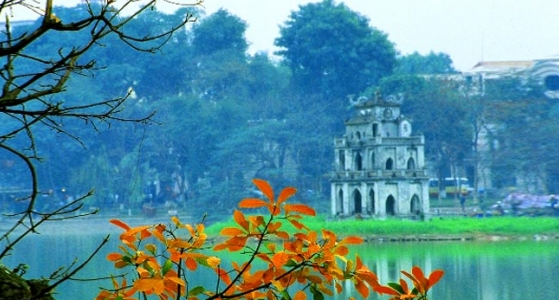
Perched on the banks of the Red River, Hanoi is Vietnam's capital and one of the world's most ancient cities. Its beauty lies in its liveliness of bustling streets where workshops and cafes spill out onto the streets and roadsides. As the intersection point where east meets west, Hanoi is a fascinating mix of old and new, Asian and European. With Chinese and French influences, an ancient culture, colonial architecture, broad tree-lined boulevards and beautiful lakes, the iconic architectural appearance of the Old Quarter and the elegance of the French Quarter, Ho Chi Minh’s Mausoleum and the Temple of Literature, etc... gives Vietnam’s capital city a unique charm of the ancient and modern. Hanoi is also home to one of Asia’s strong indigenous culinary traditions, with bustling wet markets and a rowdy street-food culture, as well as some five star international dining options. It is also very affordable by urban Asian standards, with the majority of hotels and restaurants offering plenty of value.
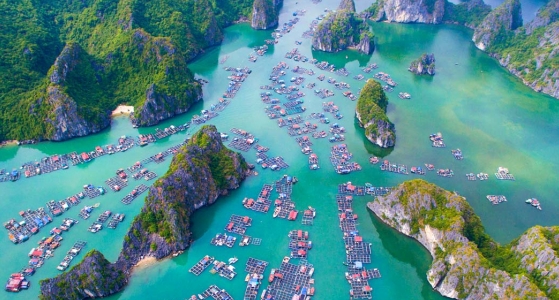
Halong Bay, listed as a UNESCO World Heritage Site in 1994, is located 170km east of Hanoi. It is made up of three neighboring bays: Halong, Lan Ha and Bai Tu Long bays, although Halong Bay is undeniably the most famous and most well-known of the three. Widely considered a natural wonder of the world, the UNESCO World Heritage Site is breathtaking with thousands of majestic limestone, peaks and islets rising dramatically out of the sparkling emerald waters of the bay. The most common way to explore is by taking an overnight night cruise or day-trip which cruises among the limestone pillars and islets. Many also include an island drop off and cave explorations. Visiting floating villages in the area gives a chance to interact with the local community whose livelihoods depend on the waters. Another way to immerse oneself close up in the bay is by kayaking near and around the limestone pillars and some of the caves that are possible to enter by kayak.
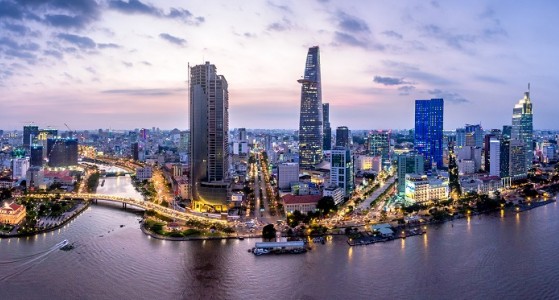
Commonly known as Saigon, Ho Chi Minh City in southern Vietnam is the country’s largest city and the financial and economical capital. This is a city full of surprises. Chaotic traffic blends with peaceful pagodas, parks, multi-style coffee shops and whole neighborhoods hidden down tiny alleyways. Icons of the past endure in the middle of the city’s vast urbanization. The ornate Saigon opera house, Hôtel de Ville - former French city hall, broad boulevards leading to the Saigon River and the gracious stucco villas are reminders of French-colonial times. In addition, the Chinese influence is also evident particularly in Cholon district (the city's Chinatown), while modern skyscrapers and international hotel chains that dot the skyline symbolize Vietnam's fixation on the future.

The Mekong Delta, located in the southernmost territory bordered by Cambodia, is the most fertile land in Vietnam. This is a region of unrelenting beauty - nicknamed the 'rice bowl' of Vietnam, where over 50% of Vietnam’s rice is grown. It is home to a unique ecosystem with diverse communities and ethnicities, and there are few places like this in the world. One the best, if not the best, ways to experience this area is to take a boat trip (1 day or a few days with staying overnight in local homestays) along the Mekong River's twisting capillaries of tropical canals, mangroves, past rice paddies, floating markets, where life on and off the river merge into one.
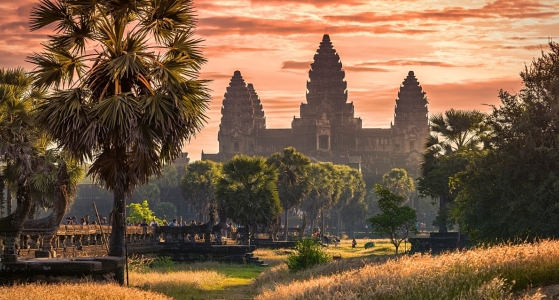
Siem Reap is the gateway to Cambodia’s vast and spectacular temples of Angkor undoubtedly one of the world's greatest archaeological sites. Constructed between the 9th and 15th centuries, these magnificent temples were once the grounds for the Khmer Empire’s capitals. The Angkor Archaeological Park covers around 400 sq km, and the largest, most well-known temple is Angkor Wat. The mysterious architectural techniques used to construct these temples still amaze the world today. Apart from the temples, one can take a Vespa ride and weave through the streets with a local guide on a street food tour. Head into the countryside for a cooking class, cycle or even ride a quad bike along the backroads, passing villages, paddy fields and taking in a more peaceful side to the city. Further afield is Southeast Asia’s largest freshwater lake - the Tonlé Sap. Cruise past the villages of stilt houses rising from the lake, such as Kampong Phluk town that soars above the water in the dry season and sits on top of the water in the rainy season. Welcoming 2.6 m tourists annually, Siem Reap is one of the biggest tourism hubs in Southeast Asia. From exploring ancient temples and floating villages to indulging in exquisite Khmer cuisine and relaxing in luxurious resorts, the town promises an unforgettable experience that blends cultural immersion with modern comforts.
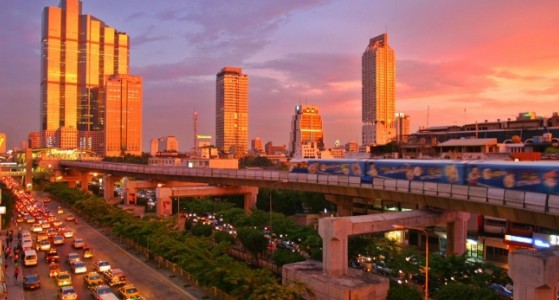
Buzzing, humid and energetic, Bangkok is the city where magnificent temples, historic markets, skyscrapers and rooftop bars create an intoxicating vibe that's hard to resist. The city is a mesmerizing blend of old and new, East and West, and dizzying contradictions. Historical sites next to vibrant nightlife areas, bustling markets near modern shopping malls, and street food vendors close to world-class restaurants. Hence, the city is still fascinating for its traditional culture. Saffron-robed monks weave among the morning rush hour to collect alms; communities dwell in stilt houses by the Chao Phraya River, eking out a living using centuries-old skills. A city tour in Bangkok often begins in Rattanakosin, drawn by the Grand Palace and Wat Pho. It's here the Chao Phraya River separates the city proper from its old capital Thonburi, a spot where quitet, narrow canals and floating markets illustrate why Bangkok was once called 'Venice of the East'. East of the canals is modern Bangkok, a hive of activity with countless businesses, markets and shopping malls handily connect by the BTS Skytrain. As a city that feels alive day and night, Bangkok is the destination for all, from foodies, shopaholics, culture seekers, history lovers, urban explorers, even party animals. That makes the well-known Southeast Asian gateway one of the world's most visited cities.
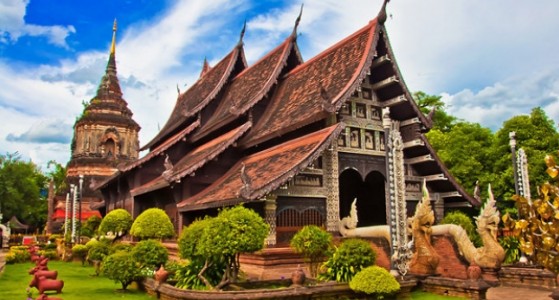
Fame as 'the rose of the North', Chiang Mai is an alluring city brimming with glittering temples, lush jungle, delicious streetfood and the bustle of lively markets. As the gateway to the mountains in northern Thailand, Chiang Mai has grown far beyond the medieval city walls that once marked it as the ancient capital of Lanna Kingdom. Nevertheless, its temple-lined backstreets still conjure up the glory of the old empire and it is still possible to get a feel for Chiang Mai's Thai culture and traditions. Ancient shrines and traditional wooden houses jostle for space with boutique hotels, stylish restaurants and trendy bars of this northern town as well as its welcoming customs and laidback pace of life leads to a rising footfall of enthusiastic tourists with each year. Home to a vast number of national parks, lush tropical jungles, hidden waterfalls, stunning rivers, and animal sanctuaries, Chiang Mai is an unmissable stop-off point for many outdoor adventure-seeking travellers. From trekking to the villages of Thailand's hill tribes to other adrenaline activities including mountain biking, white-water rafting, rock climbing expeditions and zip-lining through the rainforest canopy that makes Chiang Mai a perfect getaway.
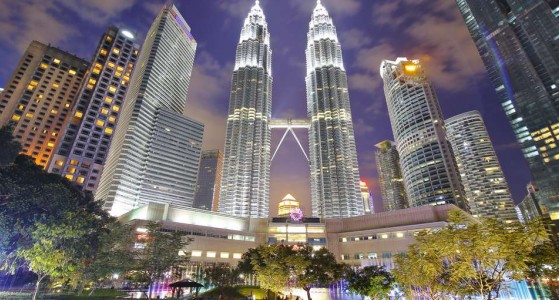
Kuala Lumpur is a diversity cultural melting pot, where jade-topped Chinese gates open out onto palm-lined squares, Indian restaurants serve banana leaf curries in marigold-scented alleyways, and old-fashioned Malay villages lie squeezed between the skyscrapers. Founded in 1857 under British rule as a tin mining outpost, Kuala Lumpur is fairly new as far as Malaysian cities go and does not have the rich history like Georgetown or Malacca. After a couple of decades of fluctuation, Kuala Lumpur began to prosper and was made capital of the Federated Malay States in 1896. Today, Kuala Lumpur is the capital of one of the economic powerhouses of Asia. Kuala Lumpurites come in all sorts. Malaysian and Chinese make up 80 percent of the population, and about 7 percent are Indians. Among the rest are offspring of intermarriages between races. Most Kuala Lumpurites speak at least two languages, one of which is Malay, or Bahasa Malaysia, the national language; some speak up to five – including Chinese and Indian dialects.

Melaka, or Malacca as it is previously known, is one of the most important port cities in the history of world trade. As a UNESCO World Heritage Site declared in 2008, Melaka showcases a fusion of Asian and European influences. It is also a perfect example of the perfect mix of different cultures and religions in Southeast Asia. Melaka’s history started as an independent sultanate. Later on, the Portuguese conquered it during its explorations in the 16th century. Some signs of Portuguese occupation still remain. After that, it became part of the Dutch empire. Most of the colonial buildings in the city came from that period. Situated in the Malacca Strait that connects the South Asian Sea and Europe to the East, the city was once the seat of the Malay Kingdom and has gone through several periods of prosperity as well as neglect. The city now offers a blend of cultural heritage, vibrant street art, and mouthwatering cuisine. It is well known for its colonial architecture, unique Nyonya traditions and colorful old town. For a visit, the historic city of Melaka is divided into two core zones on either side of the Melaka River. The first is St Paul's Hill Civic Zone with a number of government buildings, museums, churches, urban squares and the original fortress town from the 16th century Portuguese and Dutch periods. The second, on the other side of the river, is the Historic Residential and Commercial Zone, with more than 600 shophouses, commercial and residential buildings, religious buildings and tombs. A visit on foot along the old streets of Melaka past its ruins reflecting the rich history of hundreds of years of Asian and European influence, that will showcase Melaka's cosmopolitan journey over the centuries.

Kota Kinabalu is a small city located in Malaysian part of Borneo. Its coastal location and mountain backdrop give it one of the most spectacular settings of any city in the country. As a growing tourist destination, Kota Kinabalu offers wide array of beautiful attractions over the city, powdery-white sand beaches, tropical rain forests, historical sites, amazing landscapes and its main jewel, the Mount Kinabalu. Surrounded by a wild and rugged national park of the same name, Mount Kinabalu stretches dramatically towards the heavens from amid the enormous Crocker Range that dominates Borneo’s skyline. Standing at 4,095 meters, the Malay Archipelago’s highest mountain is very popular with both hikers and rock climbers. It is said to be one of the easiest mountains in the world to summit, as no climbing equipment or special skills are required. Mount Kinabalu is also one of the most biodiverse places on Earth with thousands of fauna and flora species, including orchids and the carnivorous pitcher plant; more than 300 species of bird and over 100 mammal species. It was declared a World Heritage Site by UNESCO in December 2000 for its outstanding universal values. Located 3km away from Kota Kinabalu, the Tunku Abdul Rahman Park is a state park situated in Gaya Bay, home to five stunning islands namely Gaya Island, Sapi Island, Manukan Island, Mamutik Island, and Sulug Island. Each island is unique in its own way; all offer excellent diving, snorkeling, and sunbathing opportunities. Besides exploring its underwater wonders, one can go on a hike through the dense jungle that blankets the islands, or relax and lounge on one of its many gorgeous sandy beaches.
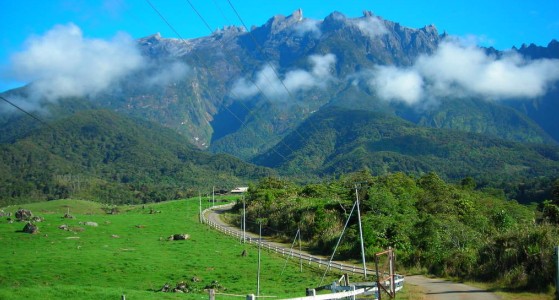
Ranau is located in the West Coast of the Malaysian state of Sabah and make up a majority of the Dusun community. Ranau is famous for it’s highland vegetables and aromatic local tea brand unlike any other.
OTHER TOURS YOU MAY LIKE
The three neighboring countries - Vietnam, Cambodia, and Laos - share common land boundaries and one of the greatest rivers in the world, the Mekong running through. It makes sense to incorporate trips to all these amazing countries into your wish list while you're in this beautiful region of the world. We are here to introduce to you our 18-day itinerary for seeing the best of Laos, Cambodia, and Vietnam. Starting from Hanoi on through spectacular Halong Bay, Hoi An, and fascinating Mekong Delta, to Cambodia, home to the magnificent Angkor temples, you’ll finish this trip in the enchanting Luang Prabang and the vibrant Vientiane in Laos. Get the best experiences in the historical and cultural destinations of Southeast Asia with this all-encompassing tour plan.
Only From $2988/person
All Inclusive ServiceThis Tour
Get ready for the adventure of a lifetime! This 21-day journey whisks you through the vibrant cultures, flavors, and landscapes of Malaysia, Vietnam, and Indonesia. From the colonial charm of Penang and the mangrove forests of Langkawi to the glittering skyline of Kuala Lumpur, your trip kicks off with a perfect mix of history and tropical bliss. Next, dive into the heart of Vietnam with city tours in Hanoi and Ho Chi Minh City and cruising experiences in Halong Bay and the Mekong Delta. Finally, soak in the spiritual and scenic beauty of Bali. From the rice terraces of Ubud to the volcanic vistas of Kintamani and the sun-soaked shores of Sanur, this final leg is pure island magic.
Only From $3465/person
All Inclusive ServiceThis Tour
Explore the calm allure of Siem Reap and behold the magnificent Angkor Wat in Cambodia. Venture into Malaysia's rich cultural diversity, from picturesque Penang to the vibrant Kuala Lumpur. Witness the awe-inspiring natural wonders of Indonesia, from the unique volcanic experiences in Bromo and Ijen to the fascinating island of Bali with gorgeous beaches and charming heritage. Conclude your amazing journey in Vietnam, with its authentic vibes of the Mekong Delta, bustling streets of Hanoi, and breathtaking scenery of Halong Bay. This 30-day comprehensive itinerary offers a perfect blend of relaxation, local discovery, and cultural immersion.
Only From $6150/person
All Inclusive ServiceThis Tour

Customize this tour with us!

Adventure Travel Trade Association


American Society of Travel Agents

Family Travel Association


TripAdvisor


Wikipedia

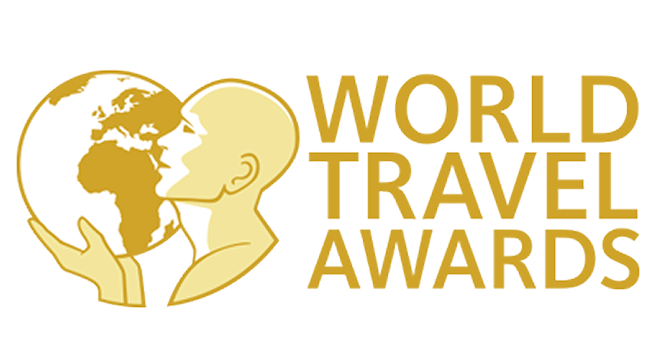
World Travel Awards
ABOUT US
Why Us Trusted Travel Company What Makes Us Different Meet Our Team Southeast Asia Travel Guide Southeast Asia Tour Highlights Pre-departures Deposit & Payment Cancellation Policy Terms and Conditions Contact UsOur Destinations
Vietnam Tours Cambodia Tours Thailand Tours Indonesia Tours Malaysia Tours Philippines Tours Laos Tours Singapore Tours Myanmar ToursMulti-country
Vietnam Cambodia Tours Vietnam Cambodia Laos Tours Vietnam Thailand Tours Vietnam Cambodia Thailand Tours Thailand Malaysia Tours Thailand Malaysia Indonesia Tours Indonesia Thailand Tours Indonesia Malaysia Vietnam Tours Southeast Asia Tours 26 - 30 Days Southeast Asia Tours 18 - 26 Days Southeast Asia Tours 12 - 18 DaysTravel Themes
Best Southeast Asia Tours Southeast Asia Heritage & Culture Tours Southeast Asia Nature & Wildlife Tours Southeast Asia Family Tours Southeast Asia Honeymoon Tours Southeast Asia Adventure & Outdoor Tours Southeast Asia Beach & Island Tours Southeast Asia Cruise Tours Southeast Asia Tours 8 - 12 Days Southeast Asia Tours < 8 DaysSOUTHEAST ASIA TRAVEL COMPANY LIMITED
As local Southeast Asia Tour experts with over 15 years of experience, Southeast Asia Travel company has built a solid reputation as experts in designing custom tours across Southeast Asia including Vietnam, Laos, Cambodia, Thailand, Singapore, Malaysia, Indonesia, Myanmar, Philippines... Every Southeast Asia tour we offer is exclusively private, ensuring flexibility to suit individual preferences.
Read more


